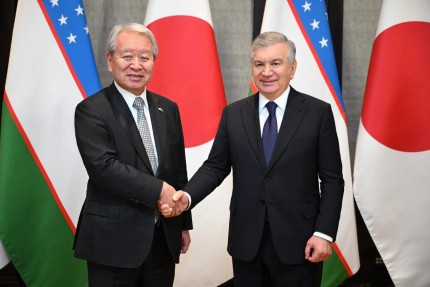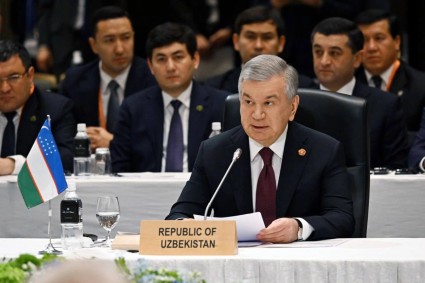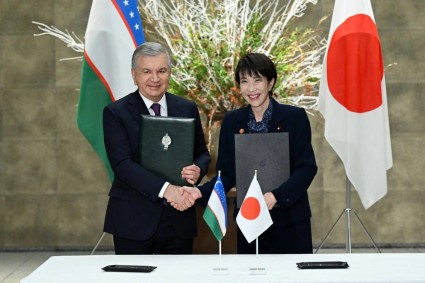Cold Winter Deserts of Turan (Kazakhstan, Turkmenistan, and Uzbekistan) and Tugay Forests of the Tigrovaya Balka Nature Reserve in Tajikistan are the two natural sites newly added to UNESCO World Heritage List, following the advice of the International Union for Conservation of Nature (IUCN) and dedicated work of national authorities and international experts that supported the nominations. Natural World Heritage sites are recognised as the most significant protected areas that provide life-supporting benefits to people and the planet.
“With two new natural sites inscribed on the UNESCO World Heritage list, Central Asia has demonstrated increased capacity to safeguard its most outstanding natural places and confirmed a strong commitment to transboundary and regional cooperation,” said Boris Erg, Director of IUCN’s Regional European Office. “IUCN congratulates Kazakhstan, Tajikistan, Turkmenistan and Uzbekistan, and reiterates its unwavering commitment to supporting governments, civil society and experts in protecting some of the world's most important and fascinating biodiversity,” he added.
IUCN’s report “World Heritage Thematic Study for Central Asia” identified both sites in 2020 as priority areas for future World Heritage nominations. The report also provides a set of recommendations for national authorities on how to improve the World Heritage process, ranging from reviewing national lists of potential sites to improving regional cooperation and providing training for effective management of protected areas, still very relevant.
The Cold Winter Deserts of Turan are the first cold winter deserts to feature on the World Heritage list. This unique landscape is transnational, includes seven protected areas shared between Kazakhstan, Turkmenistan, and Uzbekistan. Its climate is extreme, with very cold winters and hot and very dry summers. Still, it harbours emblematic species for this region, including wild herds of the vulnerable goitered gazelle, kulan and the urial. It also serves as an important breeding and migratory area for bird species such as the eastern imperial eagle, the houbara bustard or the saker falcon. The World Heritage status will now help strengthen these species’ conservation, currently threatened by overexploitation and large-scale infrastructure development.
Tigrovaya Balka strictly protected reserve is situated in the Vakhsh River valley, in Tajikistan. Composed of a series of floodplain terraces covered by alluvial soils and containing some of the last remaining tugai forest in Central Asia, the reserve has long been considered as one of the most important protected areas in the region in terms of species and ecosystem diversity values.















